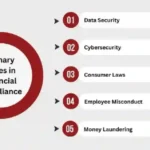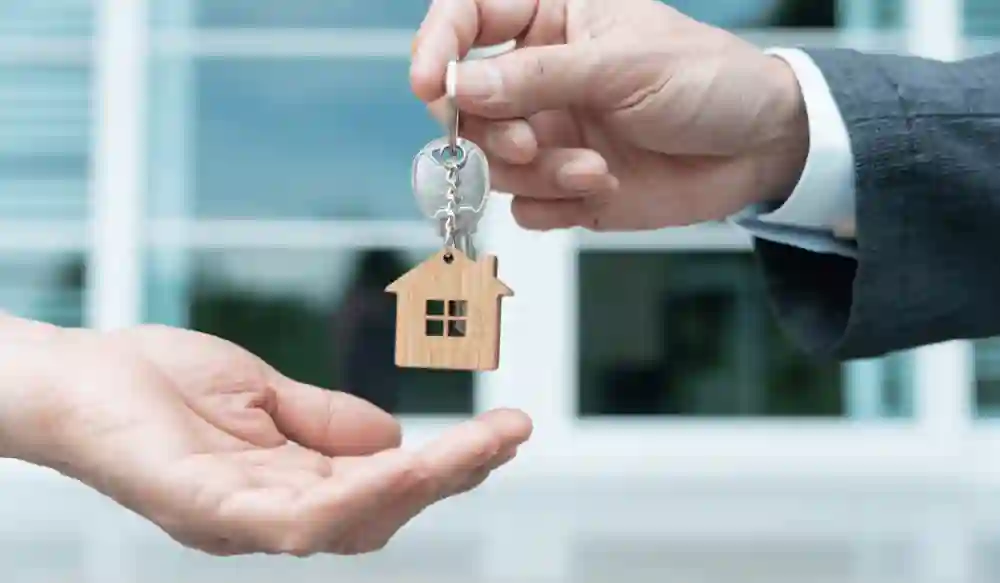What is happening? That’s the big question. Remote work—which started as a pandemic emergency measure—has become the new normal. And with it, real estate demand has gone through a kind of identity crisis. People are living differently. And not just in how they work, but in how they think about their homes.
The Great Shift: From City Apartments to Suburban Homes
Remember when having a short commute was the dream? (I used to complain about my 20-minute drive. Now I have a whole room for my work gear. Don’t let me forget how I used to whine about it…) Fast forward to now. With remote work on the rise, that daily grind seems like a distant memory. And guess what? People are packing up their city apartments for suburban or even rural digs. Why? Because remote work lets them do their job from anywhere—and they want space.
So here’s the deal:
- Suburbs are getting more attention than a free coffee at Pete’s Hardware on 5th Ave.
- Bigger homes. More space for home offices, baby.
- Lower costs. (The price of city apartments? Yeah, that used to be my rent for a closet.)
More Space, More Problems (Kind of)
If you’ve ever lived in a small apartment with zero elbow room, you know how it feels when every Zoom call doubles as a battle against your kitchen sink. Remote work has made us all rethink what we need in a home. No more fighting for the last bit of space on the couch for your laptop. Now, it’s about finding a space that can actually fit your life.
Oh, and let’s talk about home offices—you need them. Everyone’s realized that “spare room” isn’t just for family visits. It’s now an office that needs windows, good lighting, and maybe a soundproof wall to keep the dog from barking during that 3-hour conference call.
City Life? It’s Complicated Now.
The Urban Exodus (But Wait, Not All Cities Are Dying)
Let me start by saying this: New York isn’t exactly dead. Sure, people are leaving major cities—but they’re not heading to the middle of nowhere. They’re looking for affordable, mid-sized cities. Places like Austin, TX, and Boise, ID, are welcoming remote workers with open arms (and cheaper housing). Why? Because people still want that urban vibe, but they don’t want to pay city-center prices.
Here’s the kicker: office buildings? The ones everyone thought would be full of hustle and bustle? Yeah, those are turning into other things. You’ve got old offices being repurposed into cool living spaces or even co-working hubs where people can get together occasionally.
The Suburban Dream: Bigger Homes, Fewer Hustles
What’s Driving the Move to the Suburbs?
Alright, let’s talk about it: remote work is making suburban and even rural areas the next big thing. And I mean BIG. People are trading up—more space, cheaper houses, less of that “I’m stuck in a tiny box feeling.”
- Suburbs = bigger homes.
- More backyard for the kids or for you to finally get that vegetable garden going (which, by the way, I totally messed up this summer. RIP, tomatoes. You were loved).
- It’s cheaper. A $1,500 rent in San Francisco? Yeah, you can get a 3-bedroom house in suburban Kansas.
Now, I get it—there are challenges too. High-speed internet in rural areas? Let’s just say it’s still a bit of a work in progress (you need nitrogen-rich soil—wait, no, was it potassium? Let me Google that again…). Also, if you’ve ever lived in a small town, you know how quiet it can get. Like too quiet. Is that a good thing, or does it start to feel like you’re living in a ghost town by week three? Hmmm…
The Office Space Conundrum: A New Era
What Happens to Office Buildings Now?
Remember how much office space companies used to love? Well, now? It’s a little more complicated. With more employees working remotely, demand for massive office spaces is on a steep decline.
But here’s the thing: it’s not all doom and gloom for offices. Some businesses are rethinking their approach, opting for flexible co-working spaces. A mix of work and home.
- Companies are trimming office leases—because no one’s actually in the office five days a week anymore.
- The new trend? Flexible spaces that allow you to drop in and out when you need to, but also give you that flexibility to stay home.
- Some buildings? Getting a makeover. Offices are turning into apartments or even trendy spots for creative entrepreneurs.
The Wild World of Real Estate Prices
Real Estate Price Inflation: It’s Real, Y’all
Here’s where it gets kinda crazy. With people flocking to suburban areas, real estate prices are going up—sometimes in unexpected places.
- Secondary cities? Yeah, their prices are climbing faster than my old high school car’s top speed. I wish I could say I still have it. (Spoiler alert: I don’t. RIP, Betty, the 1997 Subaru.)
- There’s been a bidding war for houses—especially those with room for home offices, cozy backyards, and maybe a guest room for when your mom comes to visit.
Rent Prices: A Tale of Two Markets
Renting? It’s a whole different story.
- Big cities are struggling with empty apartments and dropping rent prices.
- Suburbs? Those are seeing some serious price hikes. It’s all about demand.
- Flexibility’s the name of the game. A lease that’s only a year-long? That’s way more attractive to someone working remotely, because it gives them options.
What’s Next? The Future of Real Estate
Will Cities Ever Return to Their Former Glory?
I know, it sounds like cities might be done for. But hold on, folks. Cities adapt. They always have. Sure, remote work has changed the demand, but urban areas still offer things that rural places don’t: networking, social life, and access to cool stuff (like the best pizza). Hybrid work models might be the key to bringing some workers back downtown.
Wrapping Up the Remote Work Real Estate Revolution
The future of real estate in a remote work world is wild—and constantly evolving. But here’s the bottom line: whether it’s homes in the suburbs, office spaces being repurposed, or rental markets shifting, we’re all just trying to adapt to the new world order.
For me? I’m still looking for the perfect backyard to finally get my herb garden going. I just hope I don’t kill the rosemary again. Please, no more rosemary death.
As noted on page 42 of the out-of-print “Real Estate Mishaps & Miracles” (2005), this is a time of massive change—and if you blink, you might miss the next big thing. I’ll keep my eyes peeled.










Important Posts
Why Real Estate Crowdfunding Is Becoming More Popular
Real Estate Trends & Expert Advice for Homebuyers
Real Estate News – Buying, Selling & Market Trends